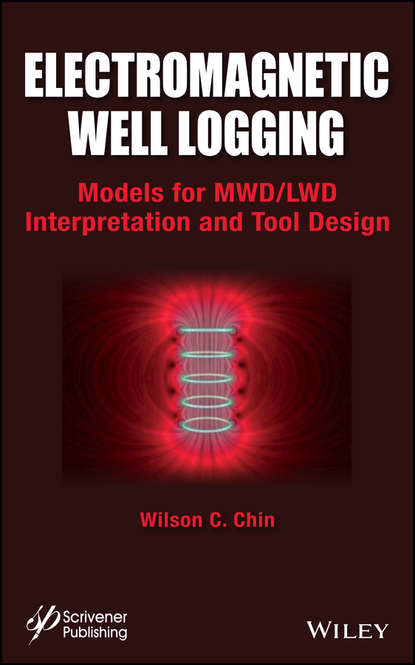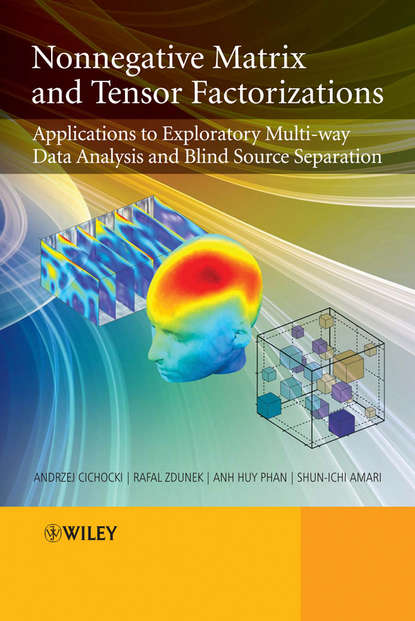Книга "Электромагнитная геофизика в скважинах: модели интерпретации и проектирования инструментов для MWD / LWD" представляет собой новый подход к решению общей проблемы моделирования электромагнитных полей в скважинах. Автор книги разработал строгую, полностью трехмерную модель, которая была проверена на более чем ста документированных примерах и валидирована на основе точных решений и физических проверок. Модель оснащена специальными встроенными матричными решателями и алгоритмами итераций, а также обладает простым и понятным графическим интерфейсом на английском языке. На основе интегрированных трехмерных цветных графиков автоматически выводятся результаты электрических и магнитных полей. Книга содержит не только современные алгоритмы, но и базовые утилиты, такие как простые дипольные методы, модели большого диаметра Био-Савара, нелинейные алгоритмы интерполяции фазы и амплитуды и т.д. Данная книга будет очень полезна для специалистов в области нефтегазовой промышленности и является обязательным приобретением для профессионалов в этой области. Все алгоритмы были тщательно проверены на реальных объектах в полевых условиях.
Almost all existing publications on borehole electromagnetic theory deal with simplified models that are physically unreasonable, and even these models tend to be proprietary. "Exact models" are usually based on detailed finite-element or finite-difference analyses, which are available to only a few specialists, offering little practical help outside their specific areas of application. The new model solves this problem for all kinds of wellbore logging and evaluation tasks in three spatial dimensions. With the aid of more than one hundred tested examples, a novel, rigorous algorithm is validated, capable of handling huge computation problems due to its optimized speed; most calculations take mere seconds. Instead of merely text, the model's output consists of vivid three-dimensional images, providing detailed data quickly and intuitively. All algorithms described here are state of the art and have proven practicality in real life. Any petroleum professionals will find this book indispensable, as these models can speed up the understanding and solving of a large variety of electromagnetic challenges. This self-standing volume is necessary reading for anyone working in the industry.
Электронная Книга «Electromagnetic Well Logging. Models for MWD / LWD Interpretation and Tool Design» написана автором Wilson Chin C. в году.
Минимальный возраст читателя: 0
Язык: Английский
ISBN: 9781118835265
Описание книги от Wilson Chin C.
Almost all publications on borehole electromagnetics deal with idealizations that are not acceptable physically, and unfortunately, even these models are company proprietary. On the other hand, “exact models” are only available through detailed finite element or finite difference analysis, and more often than not, simply describe case studies for special applications. In either case, the models are not available for general use and the value of the publications is questionable. This new approach provides a rigorous, fully three-dimensional solution to the general problem, developed over almost two decades by a researcher familiar with practical applications and mathematical modeling. Completely validated against exact solutions and physics-based checks through over a hundred documented examples, the self-contained model (with special built-in matrix solvers and iteration algorithms) with a “plain English graphical user interface” has been optimized to run extremely fast – seconds per run as opposed to minutes and hours – and then automatically presents all electric and magnetic field results through integrated three-dimensional color graphics. In addition to state-of-the-art algorithms, basic “utility programs” are also developed, such as simple dipole methods, Biot-Savart large diameter models, nonlinear phase and amplitude interpolation algorithms, and so on. Incredibly useful to oilfield practitioners, this volume is a must-have for serious professionals in the field, and all the algorithms have undergone a laborious validation process with real use in the field.



















